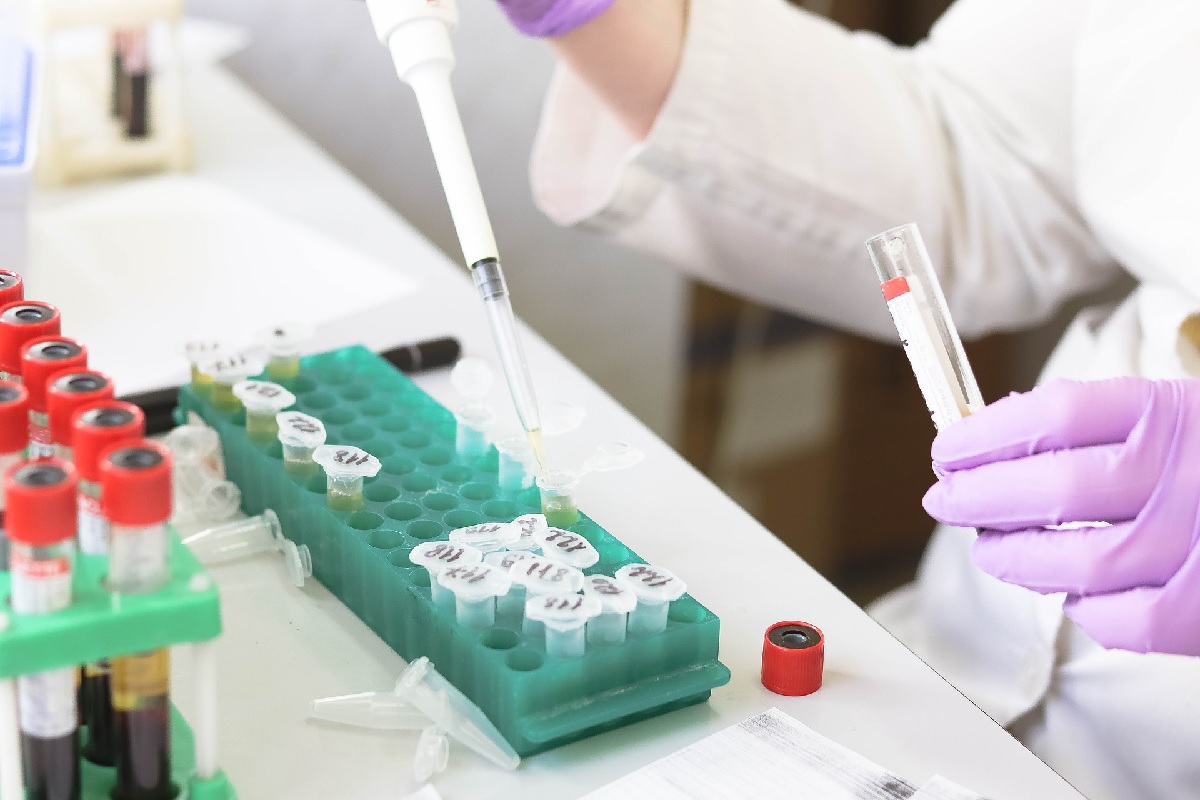The novel coronavirus (COVID-19) has caused unprecedented disruptions in the world economies and societies. It has been apparent that our ability to limit its damages hinges on the speed of developing and delivering effective vaccines to reduce widespread infections, safe and efficacious medicines to treat patients, and rapid, accurate tests to diagnose the disease.
Despite rapid advancement in life science and technology, much is still unknown about disease biology and variation in individual human responses to the pathogens and therapeutic interventions. Our ability to understand the mechanisms and create effective solutions is still limited relative to the wide, complex problems. Research and development as well as the manufacturing of vaccines, medicines, and diagnostic tests take much more time and resources than most people realize. One of the reasons is that these products must meet very high standards of safety and quality, and therefore, require very rigorous development and testing. Another reason is that the biological processes take time, e.g. time for patients to respond to the treatments, time for cells to grow in production, etc.
While we have limited ability to accelerate the natural processes in biology or control their outcomes, there are significant opportunities to reduce unnecessary failures, defects, delays, and waste in general that we can control. As a scientist and quality professional, I have worked in R&D, manufacturing, quality, and business improvement in life sciences for over two decades. No one wants to generate failures, defects, delays, or any type of waste. Nevertheless, waste occurs and impedes the development and delivery of life science products, impacting the life and well-being of people.
Waste stifles the innovative potential of life science and technology. Waste must be reduced.
The first step to reducing waste is to see it.
Lean practitioners are familiar with the traditional 7 or 8 types of waste that are common in all organizations across different industries. However, many types of waste, especially in R&D, are not as visible as defects in manufacturing. They are hidden in plain sight because they appear to produce desired results. Even negative results are often explained away as expected biological or natural variation. It is only when we look closely and compare them to the alternatives, do we realize they are full of waste.
Here are a few examples.
1. Design and perform experiments that only marginally improve our existing knowledge or decisions. Even if successful, the outcome merely confirms what we already knew — we could have made the same decision without it. The cost benefit analysis should clearly define the incremental knowledge sought before committing time and resources.
2. Fast-track product development without a thorough characterization of the design space or without proper process and method validation, resulting in high costs, rework, and poor quality downstream in development and/or manufacturing. Quality by Design (QbD) would have been much more effective over the long term.
3. Conduct poorly designed experiments that unknowingly include high variation (noise), leading to failure to detect the change or difference (signal). Poorly executed experiments can also create noise and lead to similar failures.
4. Include an unnecessarily large number of runs or replicates when a properly designed experiment can get the same results at a fraction of the time and cost. Statistically designed experiments can also reduce the likelihood of inconclusive results due to lack of power (i.e. too few replicates).
5. Use manual procedures to perform tasks when technology is available to automate the job with much less time, cost, and errors. It is not uncommon to see highly educated, expensive resources perform routine, manual tasks in the laboratories and on the computer. A few lines of code can turn hours of manual data analysis into instant results.
6. Acquire and/or build complicated solutions when a simple and robust solution exists. Ambitious scientists/engineers tend to chase cutting-edge solutions without investigating simpler, cheaper, readily available solutions. Dedicated equipment and sophisticated algorithms cost much more time and resources but may not perform significantly better.
The above are only some examples of hidden waste at the operational level. Bigger waste can happen at a strategic level (e.g. developing the wrong product and solving the wrong problem) and at an organizational level (e.g. misaligned objectives and broken processes); they must be addressed by the senior executives of the organization. But everyone can improve productivity by learning to see the waste in what we do every day.
I hope the COVID-19 pandemic heightens the awareness of the value of life sciences and the need for higher productivity. I am proud to work in this industry, but also feel strongly our duty to continually reduce waste – the opportunity cost is simply too high.
Life science products save not only lives but also our livelihood.
